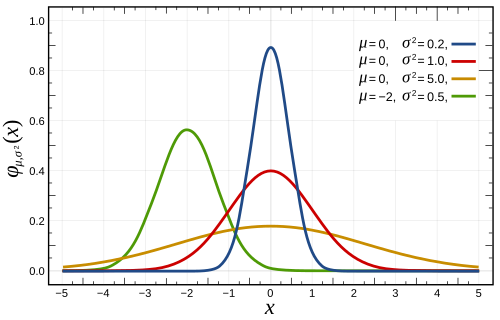One thing that sets medical physicists apart from most everyone else in the clinical environment and is crucial to performing our jobs well is having a strong grasp on the theory of measurement. Key concepts include: the statistical nature of data, the role of calibration, instrument resolution, and uncertainty and error propagation.
While we may not determine strict error levels for every measurement we make, it's important to have a grasp of these concepts while collecting and interpreting data.
- Why does my IMRT data taken with a planar detector array pass, even though it "looks" totally different than the TPS generated data? Probably because the detector array has relatively low resolution and the dose shape you see is the result of interpolation by software.
- Is my data skewed due to systematic or random errors?
- Is my new outlier subject to regression to the mean or the start of a new trend?
- Are my data groupings producing a Simpson's paradox?
What are your thoughts?

Thanks for mentioning Simpson's paradox.. reminds me once again how scary statistics can be.
ReplyDeleteInterestingly, data analysis also has to be viewed in context of medical relevance. For example, an IMRT dose variance that corresponds to a critical organ should be weighted more than outlying tissue.
ReplyDelete